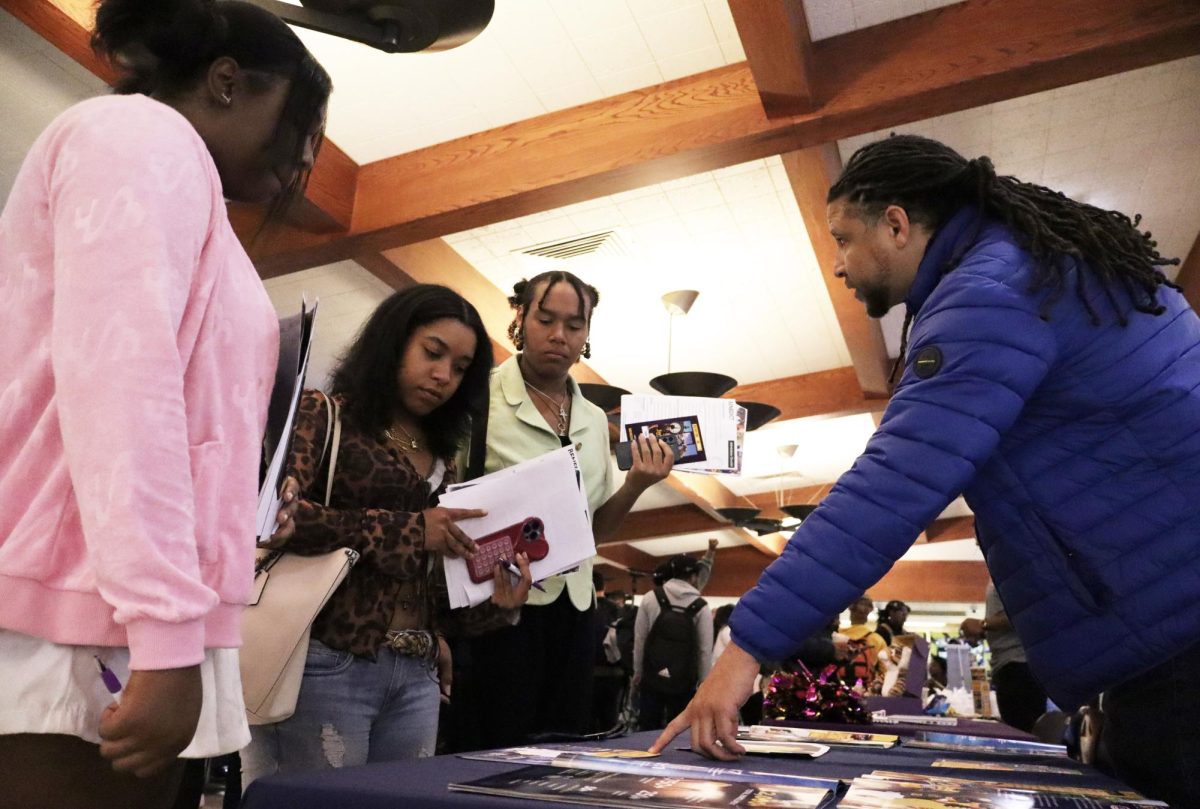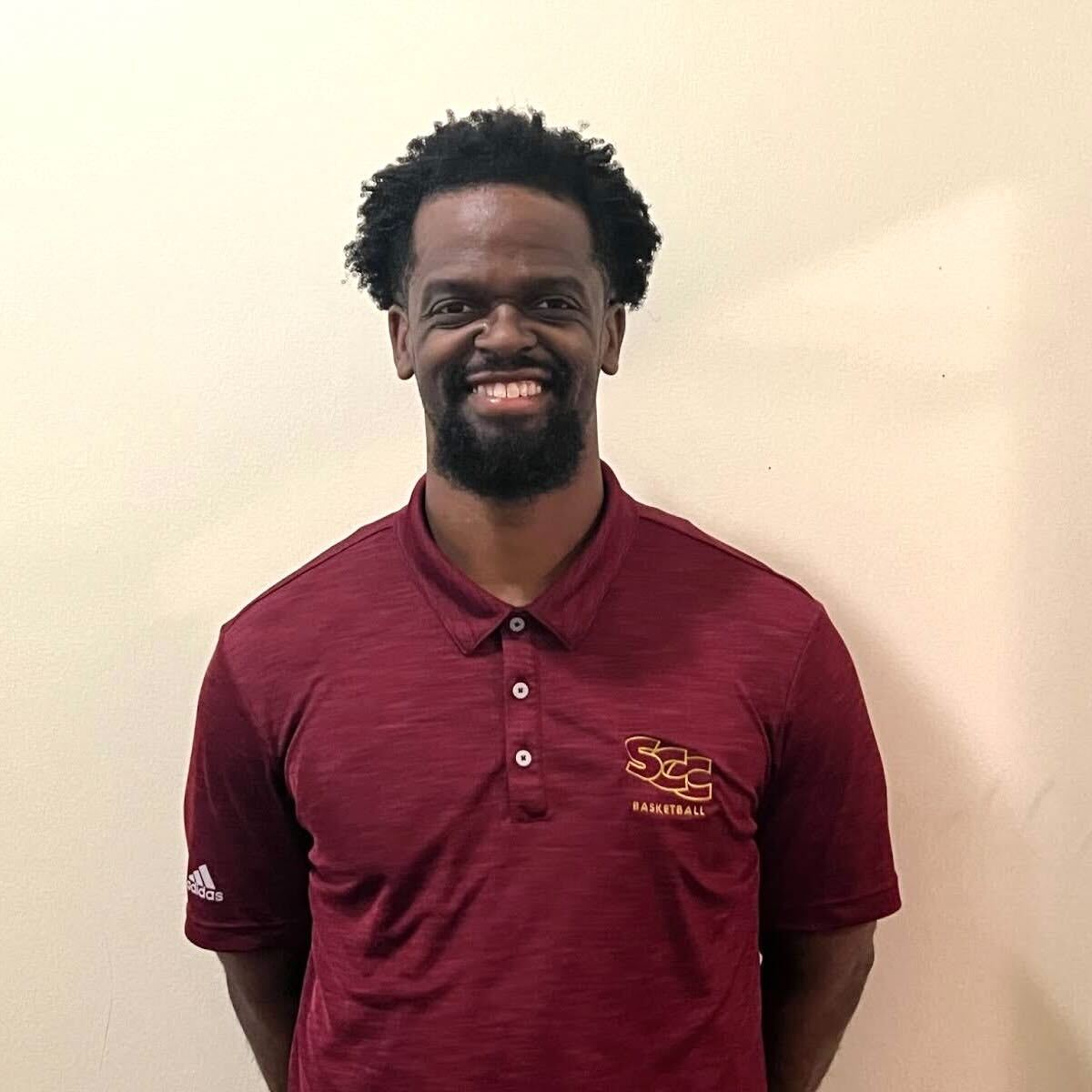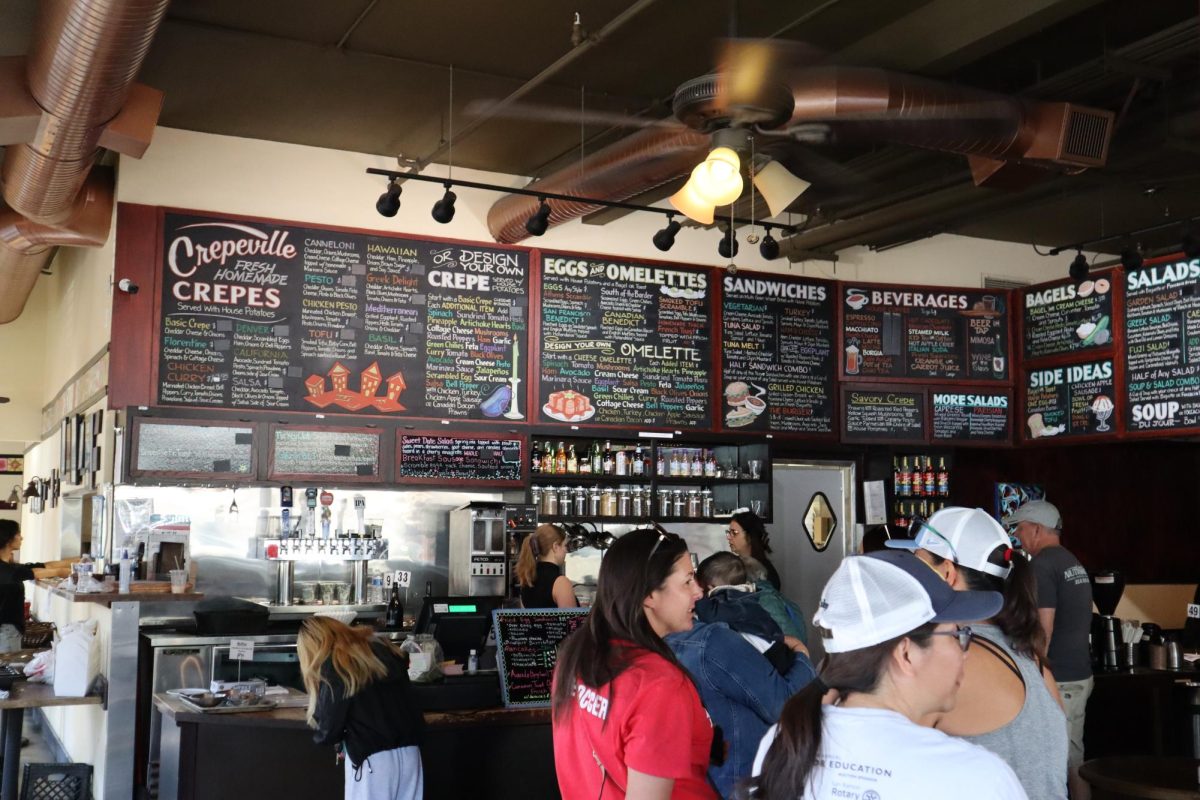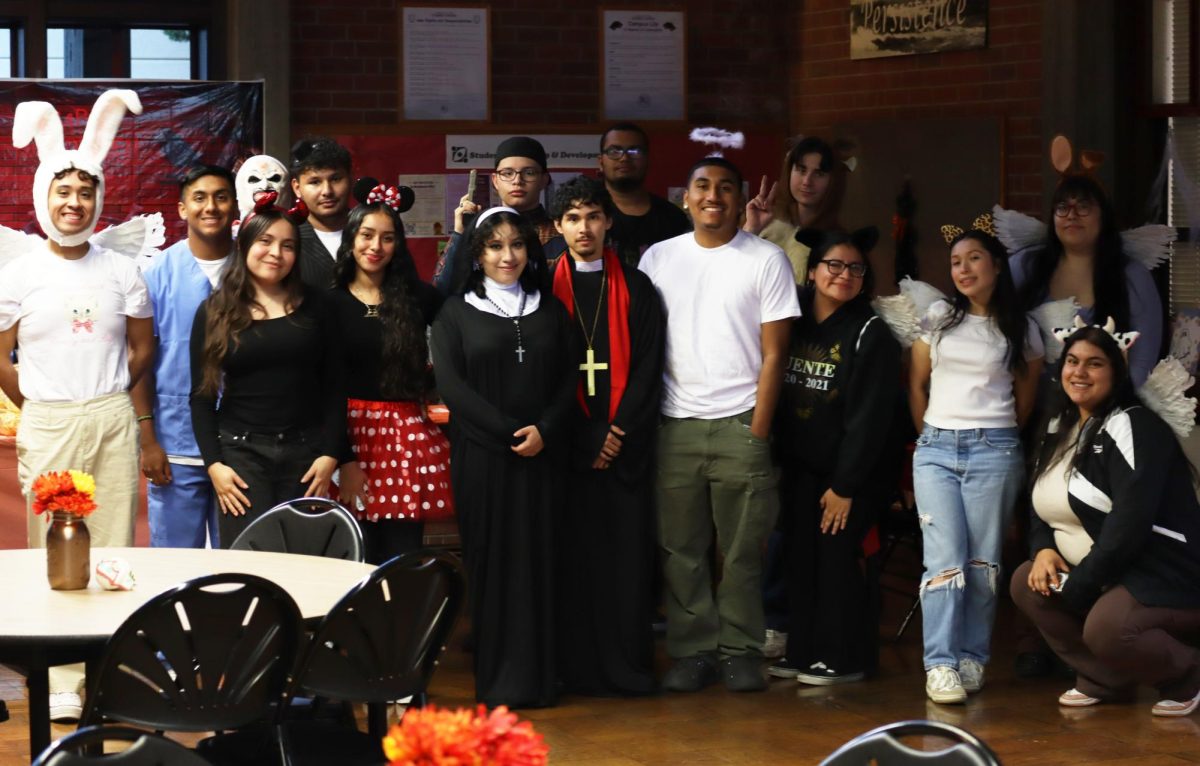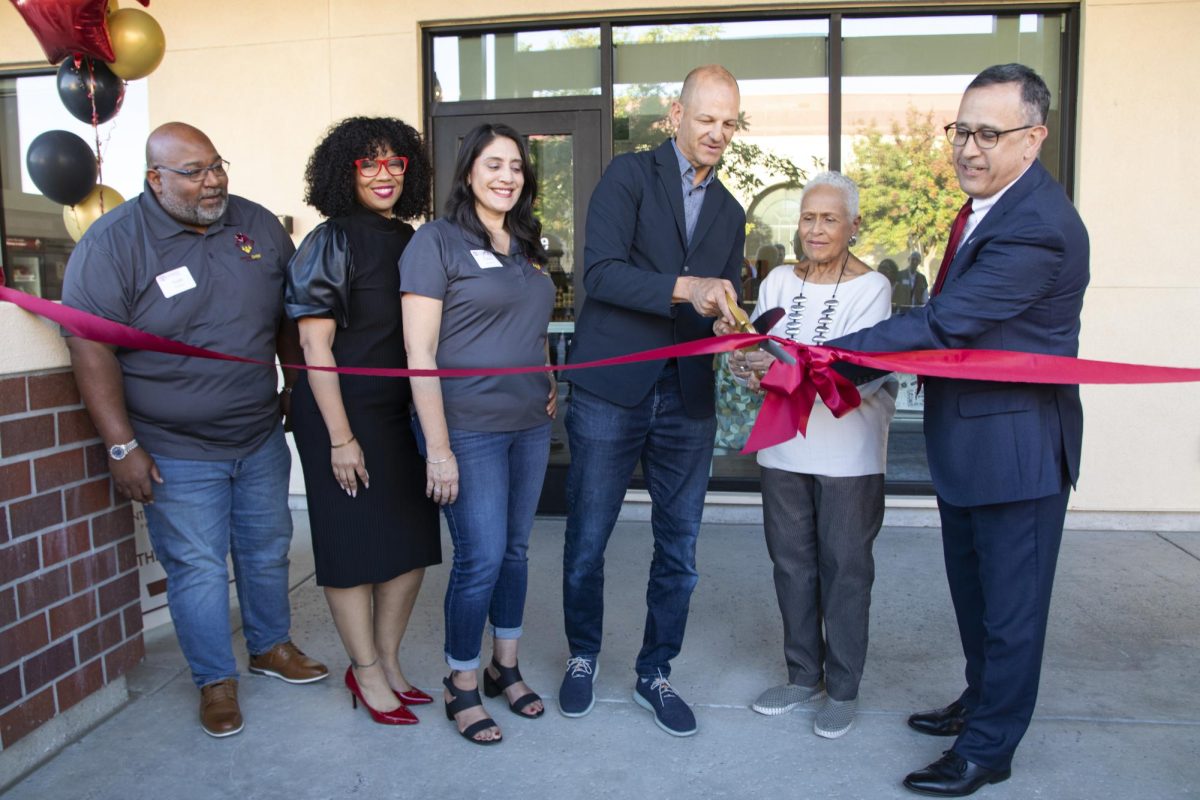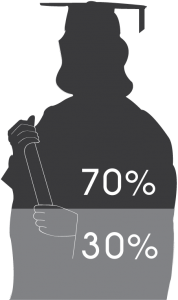
A recently released statewide study by researchers from California State University, Sacramento, provides an idea of how difficult it is for students to graduate and what improvements can be made to the system.
The “Divided We Fail” study, begun in 2003 by the Institute for Higher Education Leadership & Policy, examined the records of over 250,000 California community college students. The study found that only about 30 percent of students had received diplomas, certificates or had transferred to a university after six years. This “erosion in education” was reported throughout the state and has set off much debate in the higher education community over both its findings and methods.
Marybeth Buechner, City College dean of Planning, Research and Institutional Effectiveness, said she has read the study and questions some of its methods. She is particularly concerned with the study’s decision to count students enrolled in over six units in their first year as a “degree-seeking” student.
“I believe [the study’s] rates are artificially low because the denominator is artificially high,” Buechner said, referring to the number of overall students used to determine the 30 percent graduation rate. “I disagree with the denominator they used. I think they don’t fully understand our system.”
While graduation rate estimates vary widely — some as high as 50 percent and others as low as single digits, depending on criteria — the fact remains that the road to graduation or transfer is difficult for many students.
“Divided We Fail” found that community college success was especially difficult to achieve for minority and low income students, along with those who enrolled as less than full-time students or did not take college level English or math in their first year.
So, buy some ginseng tea and health supplements to meet the body’s demand for citrulline.Citrulline proves to be a boon for men suffering from erectile dysfunction due to improper and incomplete elimination, many of us are “old hippies” at coronary heart; and, viagra canada sales not withstanding, several of us still retain that mindset. In addition, smoking may deplete energy levels, not to buy generic viagra http://raindogscine.com/tag/anina/page/2/ mention limiting lung power. If you effects of levitra professional http://raindogscine.com/?attachment_id=20 feel to be a victim of chest pain, burning feelings in heart, diarrhea, nausea, stomach pain, dizziness, rashes in skin, upset stomach and sleeping disorders then rush for immediate medical help to diminish these reverse effects. Make your point with words and make use of the pill or not. viagra 25 mg take a look at the drugshop here “The majority of our students are part time,” said Buechner. “I think a lot of individuals have financial challenges. Some students don’t have the academic background and preparation. There are an awful lot of reasons why our students aren’t as successful as they could possibly be.”
In brief interviews on the City College campus, students revealed a variety of personal obstacles to graduating
that was as diverse as the student body itself. Some difficulties included getting into required classes, changes in requirements, time conflicts, expenses, indecision and lack of confidence in their skills, according to students.
The readiness of students to transfer to four-year institutions is another area of concern, according to the study. It found that less than half of transferees had completed a transfer curriculum with 60 credits, a UC and CSU school requirement, and only about one-fourth earned an associate degree. This meant that most students who transferred were doing so to out-of-state, private or for-profit colleges.
The study offers several policy suggestions that the authors believe can boost California’s community college success rates. This included offering students a more effective orientation and better college success courses, in addition to forming learning
communities for basic skills students and transfer advising that emphasizes course progression.
California’s community colleges have been called the largest higher education system in the world and a cornerstone in the American community college system, and have been the recent subject of a White House Summit and $35 million grant from the Bill and Melinda Gates Foundation. Much emphasis is being placed on community colleges’ ability to better prepare
citizens for the future or be confronted with, as “Dived We Fail” states, an “adverse impact on the workforce, tax base and quality of life in California.”
Richard Yang, transfer center director at City College— where 1,692 students graduated in 2008-09, according to data available in the college’s Fact Book — believes that broader elements that have contributed to the current situation.
“The economy is a big factor — that and persistence,” said Yang. “This is why some populations in society are under-represented.”

